Divorce is one of the new realities of modern life. Divorce by mutual consent, however, is a simpler and dignified method of doing it. Divorce usually conjures up images of two angry spouses, neglected kids, despondent parents and a long, arduous, grief-filled road. Not to forget the number of times one has to visit the lawyer and foot huge bills.
However, many couples today don’t want a messy divorce. They wish to handle the separation with mutual respect, sensitivity and emerge from their divorce without emotionally scarring the other. That’s where the divorce by mutual consent comes in.
Divorce By Mutual Consent In India
Table of Contents
While this option is slowly gaining traction, when thinking of dissolving a marriage people often grapple with questions like: how can I get a divorce without an attorney? Or is it wise to divorce without a lawyer?
For this, both husband and wife can opt for “divorce by mutual consent” where proceedings can be finalized without involving lawyers or roping in an attorney. Divorce mediation can be short and painless. To start your life after divorce on the right note, divorce by mutual consent is a step in the right direction.
Getting a divorce in India by mutual consent is not difficult. This can be done under Section 13B of the Hindu Marriage Act, 1955, and Section 28 of the Special Marriage Act, 1954, where both the parties can seek divorce by mutual consent by filing a petition before the court. Mutual consent means that both parties agree to a peaceful separation.
Step-By-Step Procedure For Divorce By Mutual Consent
‘Divorce by mutual consent’ happens when both parties have agreed to opt for an amicable divorce. If you are worried about parenting after divorce or financial matters and the like, divorce by mutual consent can make the process smooth for you.
There are not many conditions for divorce by mutual consent. Senior lawyer Usha Andewar says, “Basically, in a family court, the lawyers are not required at all. There are some intricacies where people can make use of a lawyer. If the couple wishes to file the petition by themselves, and know the legal intricacies involved, then they can do it. If they know the procedure, they can file the affidavit for divorce themselves too. It’s not like other courts, only if the court grants permission can a lawyer appear for the party.”
Related Reading: Divorce And Children – 8 Deep-Seated Impacts of Separation Parents Must Know
If your spouse and you want to spare each other the trauma of a long-winded legal battle then a ‘divorce by mutual consent’ is a good option. It is entirely possible to dissolve a marriage by mutual agreement between the parties, provided it is neither unlawful nor the result of collusion.
For obtaining a decree of mutual divorce under Section 13B of the Hindu Marriage Act, 1955, there are a few prerequisites – the couple should have been living separately for a period of more than one year, agree that they had not been able to live together and have mutually agreed that the marriage should be dissolved. So there is a minimum time for divorce by mutual consent in India.
Two other key aspects to consider while opting for a divorce with mutual consent are that the husband and wife have to reach a consensus on alimony and maintenance issues and child custody.
Alimony – As per law there is no minimum or maximum limit of maintenance and it could be any figure or no figure.
Child Custody – Child custody can be shared or joint or exclusive depending upon the understanding worked out by the couple.

Who can file for divorce by mutual consent?
Divorce by mutual consent under Hindu law has some rules to it. Section 2 of the Hindu Marriage Act, 1955, applies to any Hindu by religion or one or any of its forms including a Virashaiva, Lingayat, follower of Brahmo, Prarthana or Arya Samaj, Buddhist, Jain or Sikh by religion.
This Act also applies to Hindus outside India’s territory only if they are domiciled in the territory of India. Anyone who got their marriage registered under the Special Marriage Act can file for a divorce by mutual consent under Section 28.
When can you file for divorce by mutual consent?
A couple who wants to dissolve their marriage is required to wait at least one year if they wish to opt for a divorce by mutual consent. Another requirement is that the marriage should have been solemnized at least two years prior. This is the minimum time for divorce by mutual consent in India.
They also have to prove to the court that they have been living separately for a period of one year or more before filing the petition for divorce. They have to prove that during this separation they have not been able to live together as a husband and wife.
The divorce petition can be filed in the family court of the district where the spouses live. This is how you can divorce with dignity. The district court where the couple seeks a divorce with mutual consent can be located either in the place where the couple seeking divorce last lived or where their marriage was solemnized or where the wife is currently residing.
What are some of the laws under which one can file for divorce with mutual consent in India?
There are different laws mandating divorce among people practicing different religions in India. These include the Hindu Marriage Act, 1955, The Muslim Women (Protection of Rights on Divorce Act), 1986, Personnel laws of Divorce and also the Dissolution of Marriage Act 1939, The Indian Christian Marriage Act 1872, the Indian Divorce Act, 1936, and The Parsi Marriage & Divorce Act 1936, Special Marriage Act, 1954, among others.
Related Reading: Divorce at 50: How I Found a New Life and Happiness
Documents required for filing divorce with mutual consent
There are many documents required for divorce by mutual consent. While both parties need to submit their proof of residence which should be accepted by the court, mandated by 13B of the Hindu Marriage Act, 1955. In addition to this they need to submit the following:
- Proof of Marriage – Marriage Certificate
- Identity Proof of both parties (Passport, Voter’s card, Ration card, or any other official government ID)
- Passport size photo
- Copy of any mutually agreed agreement between parties for custody of child or issue of permanent alimony/maintenance
- Income Tax returns of 3 years
- Details of present income
- Birth and family details
- Details of the assets of the spouses
The process
Let us understand the jurisdiction for divorce by mutual consent in India. Under the Hindu Marriage Act, 1955, first the mutual consent divorce petition which is an affidavit is filed in the respective district family court.
The statement of both the parties involved, which is the husband and wife, is recorded by the court and the matter is then adjourned for another six months. Anywhere between 6 months and 18 months, the couple will have to be present in court again to make a second motion of mutual consent filed earlier. The Decree of Divorce is granted by the court after the second motion.

What if a couple compromises within this period?
There are also many conditions to divorce by mutual consent. If the couple reaches a compromise and does not wish to go forward with the divorce then they can withdraw the case. If the couple doesn’t attend the court at the scheduled date of the second motion, then the petition stands canceled.
Also, in case one of the spouses wishes to withdraw from the divorce, they can do so by filing an application in the court stating that he/she does not wish to pursue the divorce by mutual consent.
The court in such cases grants no divorce decree. If the other spouse wishes to continue with the divorce, he or she can file a normal petition under the provisions of Section 13 of the Hindu Marriage Act, 1955.
What is the cooling off period?
The cooling-off period can range anywhere from 6 months to 18 months after the first affidavit is filed in court. During this time, the couple can work at reconciliation and the court sometimes orders them to seek counseling.
During this period, if either of the spouses declares that the other was uncooperative, then this could be grounds for the court to disallow the divorce with mutual consent.
However, in a landmark ruling in 2017, one can now get a waiver on this cooling period. The waiver on the cooling period implies that if the couple has mutually decided to dissolve their marriage, they can request the court to expedite the process and not wait for another 6 months. Prior to this judgment, only the Supreme Court had the authority to waive this period off.
What is the second motion?
At the end of a cooling-off period, the court gives a date for listening to the parties. The couple can then file for a second motion and the judge will dissolve the marriage.
Expert Speak
Renowned Gujarat-based lawyer Prakash Thakker says, “The courts normally will wait for 6 months to give the concerned parties a cooling-off period once they file the first affidavit for divorce by mutual consent. One requirement is that the marriage should have been solemnized at least two years prior.
“The court normally gives 6 months cooling time so that the couple may not have taken an emotional decision. Usually, courts are busy but some courts even call the parties to the chamber and ask them to sort out differences and persuade them not to go ahead with the decision.”
FAQs
Getting a divorce by mutual consent can take months or even more than a year, as the couple first has to go through a cooling period of 6 to 18 months before their plea for divorce is granted.
This is a divorce where neither parties need a lawyer to represent them and the mediation is relatively short and simple.
A couple needs to wait at least one year from the date of marriage to file for divorce by mutual consent.
Your contribution does not constitute a charitable donation. It will allow Bonobology to continue bringing you new and up-to-date information in our pursuit of helping anyone in the world to learn how to do anything.



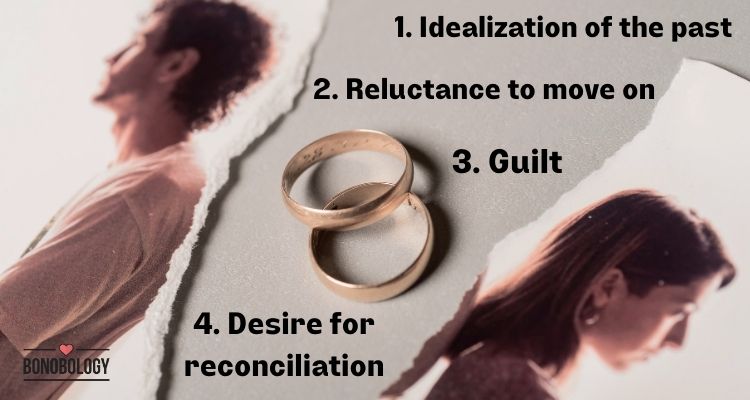



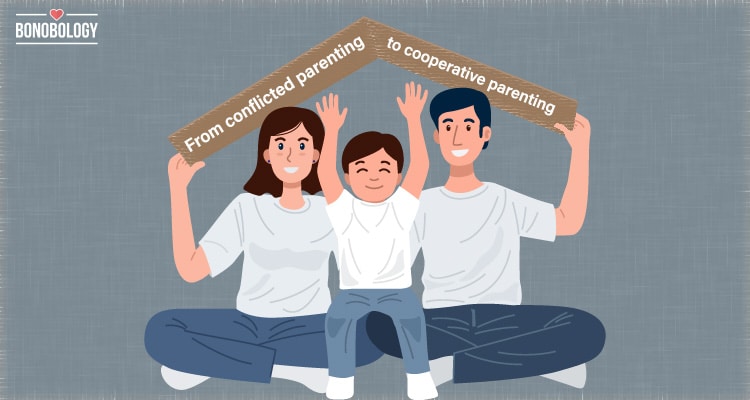

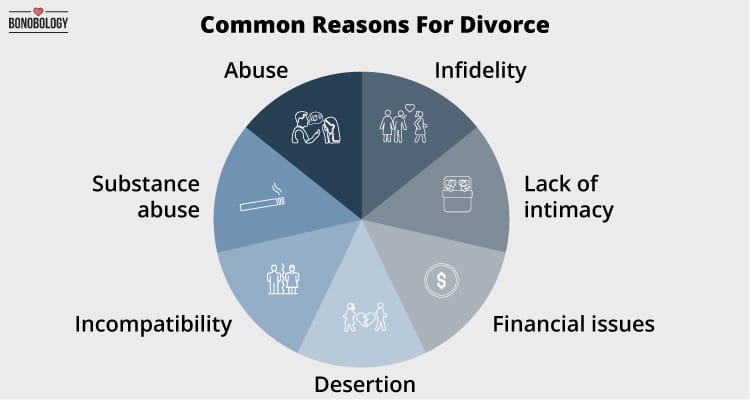




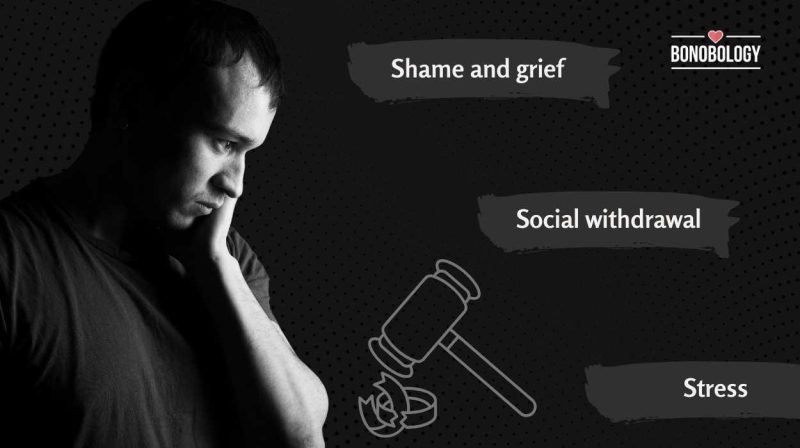
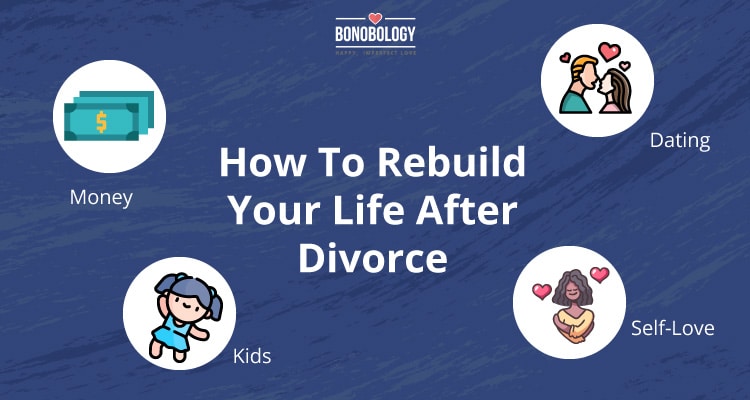





Featured
The Hidden Benefits Of Divorce
Top Legal Tactics for Alimony Disputes Between Parents
Divorce Regret: What Is It, Signs, And Ways To Deal
The Pros And Cons Of Being Your Own Divorce Lawyer
15 Subtle Yet Strong Signs Your Marriage Will End In Divorce
10 Things To Do When You Are Thinking About Divorce
10 Tips For Divorced Parents To Handle Joint Custody Effectively
9 Sneaky Divorce Tactics And Ways To Combat Them
15 Most Common Reasons For Divorce
How To Cope With Divorce As A Man? EXPERT ANSWERS
11 Ways To Remain Sane During a Divorce
7 Important Things To Know About Dating While Separated
The Top Rules Of Separation In Marriage To Make It Successful
Lonely After Divorce: Why Men Find It So Hard To Cope
How To Rebuild Life After Divorce: Handling Kids, Money, Dating, And Self-Love
Failed Celebrity Marriages: Why Are Celebrity Divorces So Common And Expensive?
Surviving Divorce at 50: How To Rebuild Your Life
Gray Divorce 101 – A Guide To Divorce After A Long Marriage
Expert Advice – When To Call It Quits In A Marriage
8 Examples Of Unhealthy Boundaries With Ex-Wife